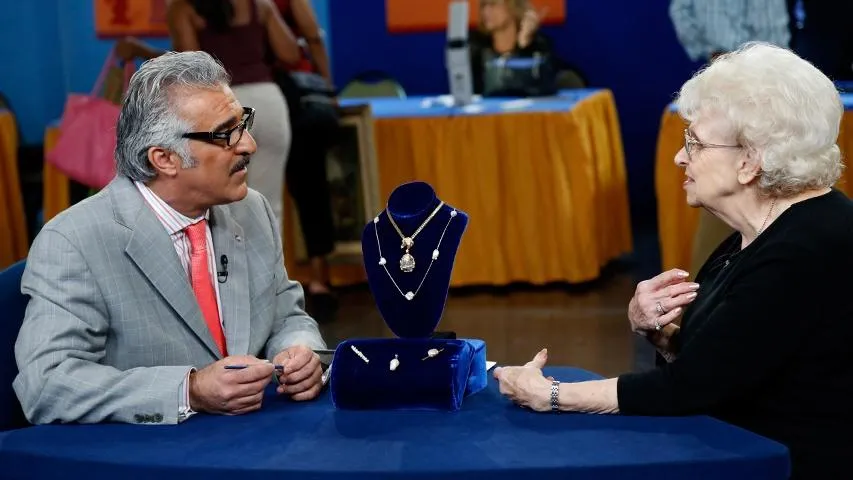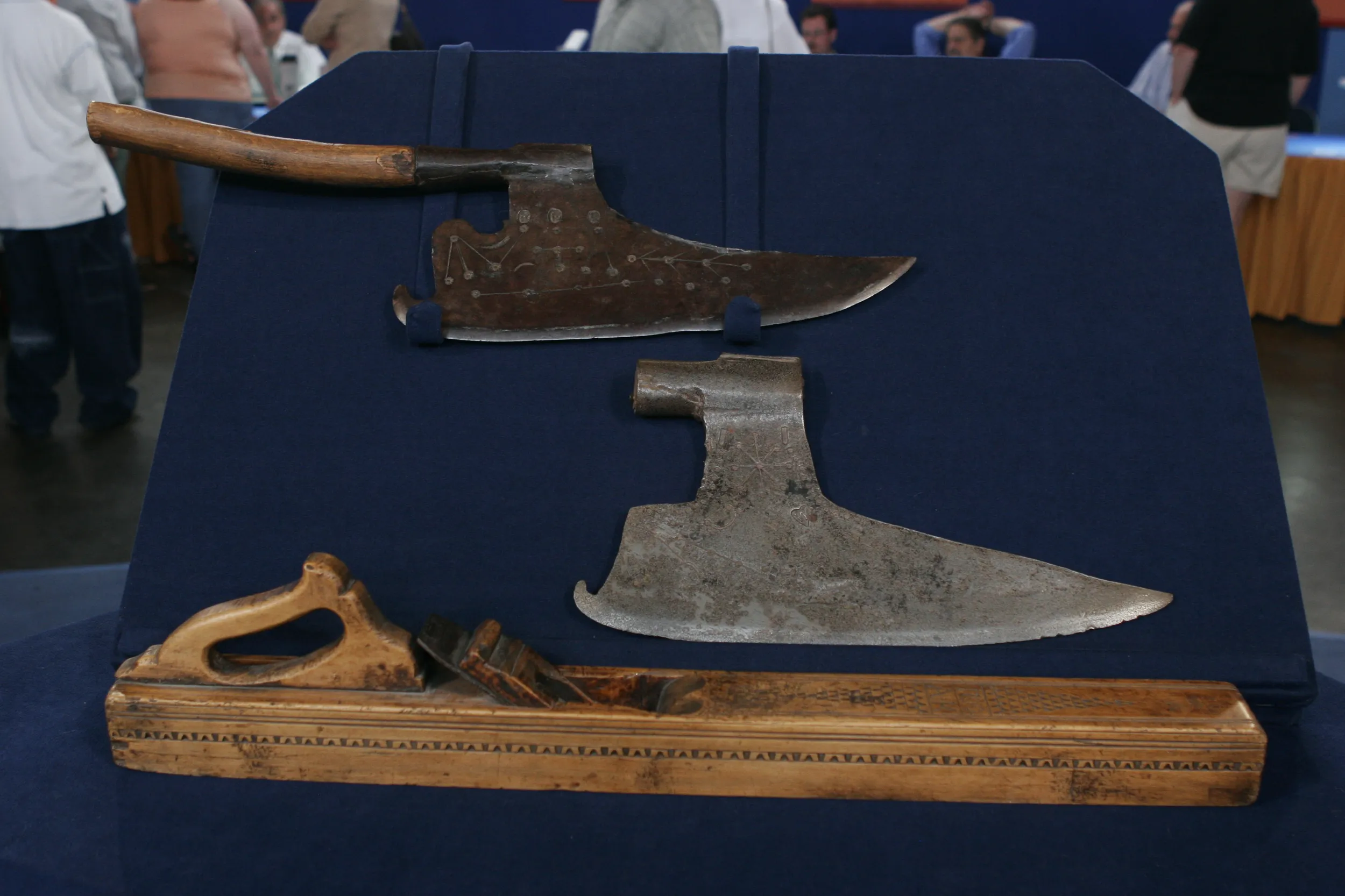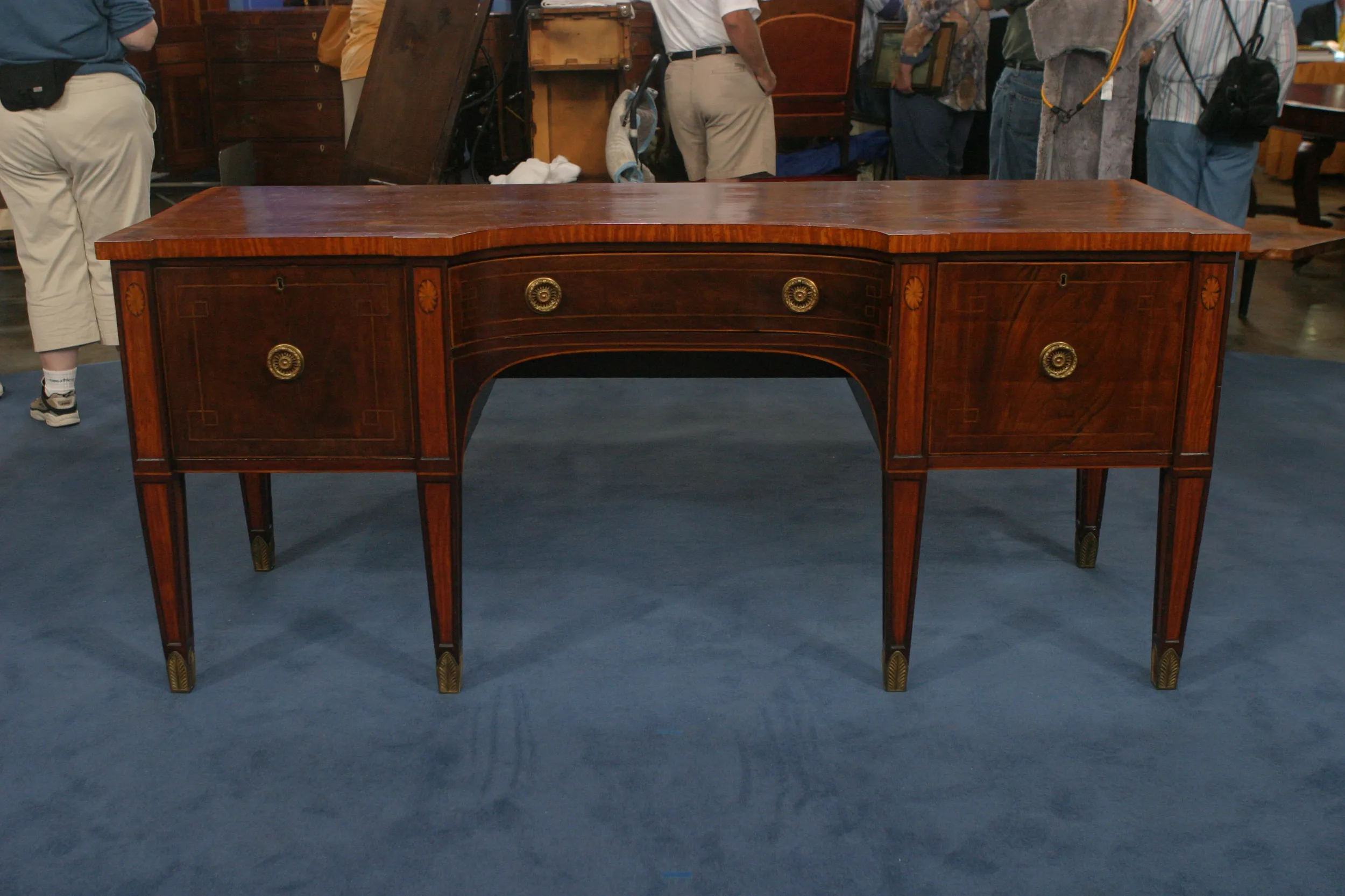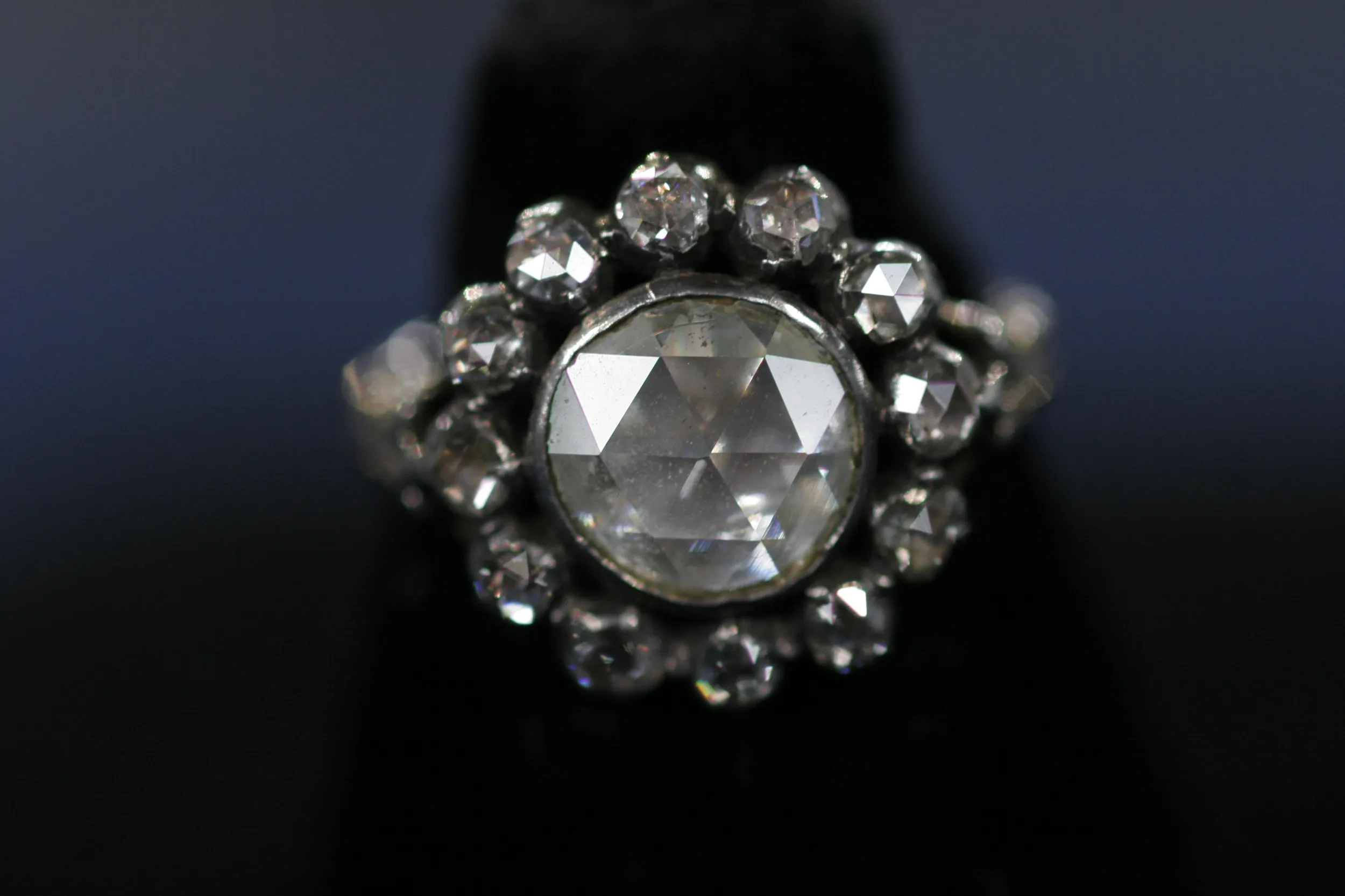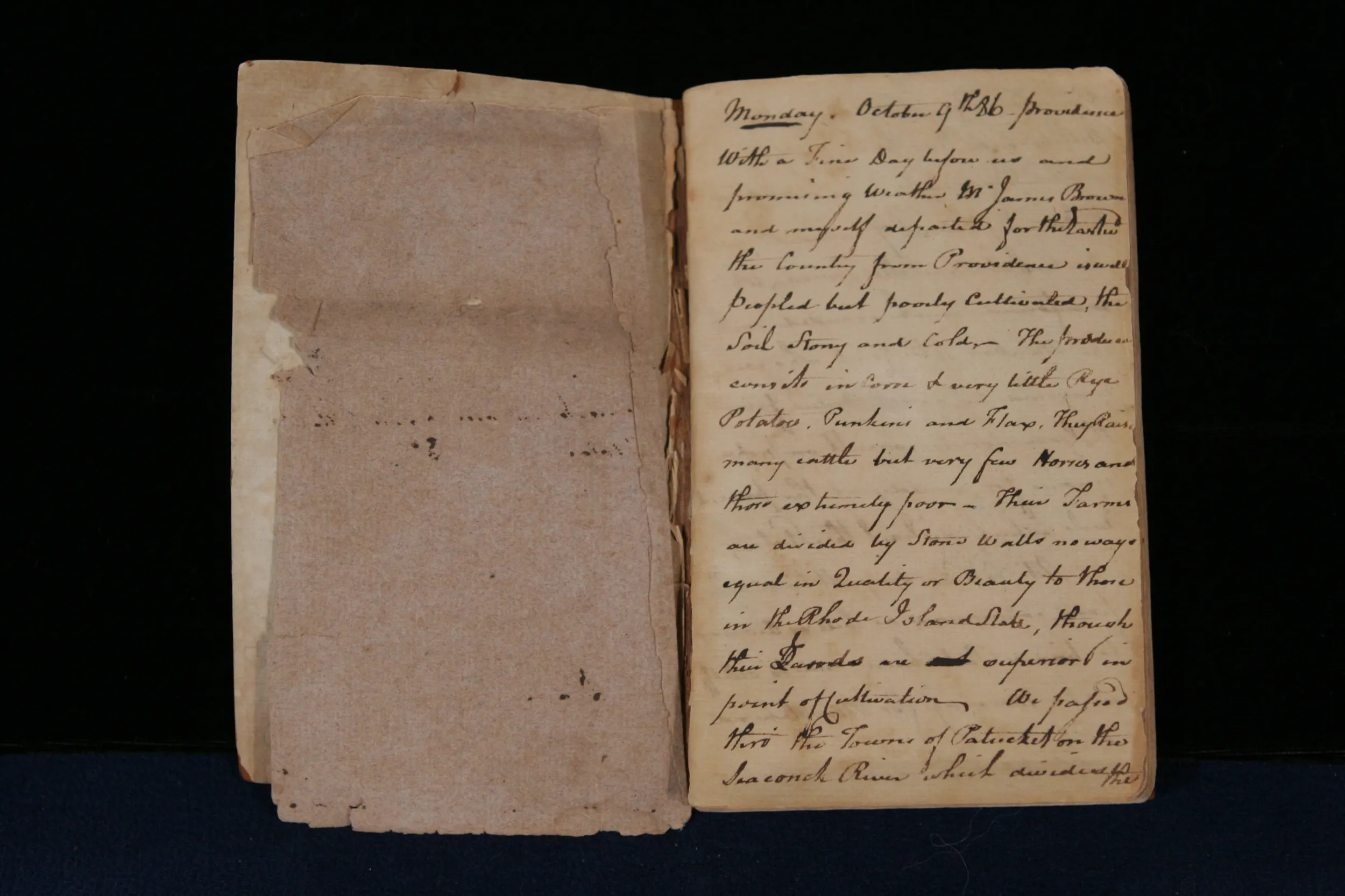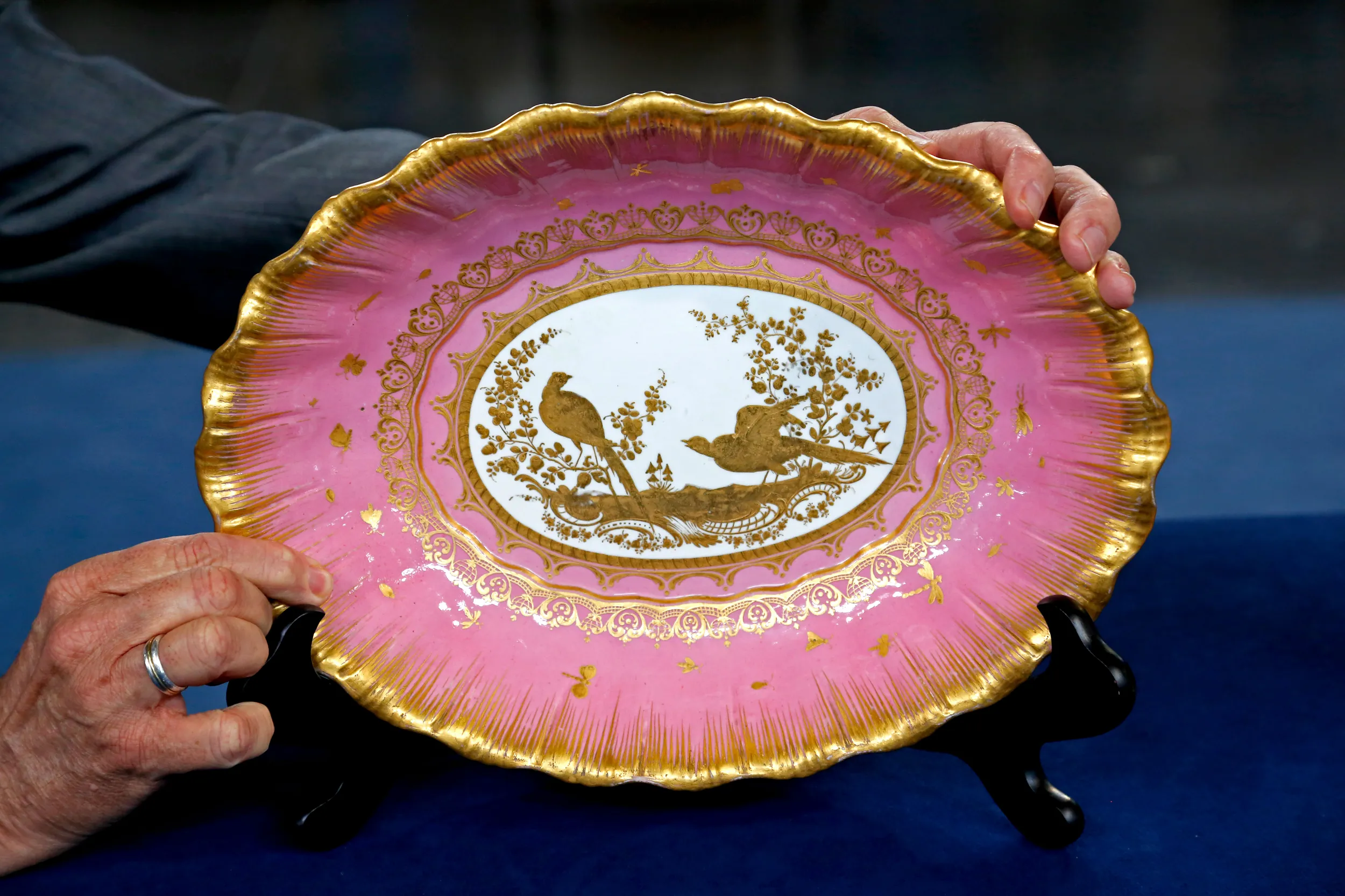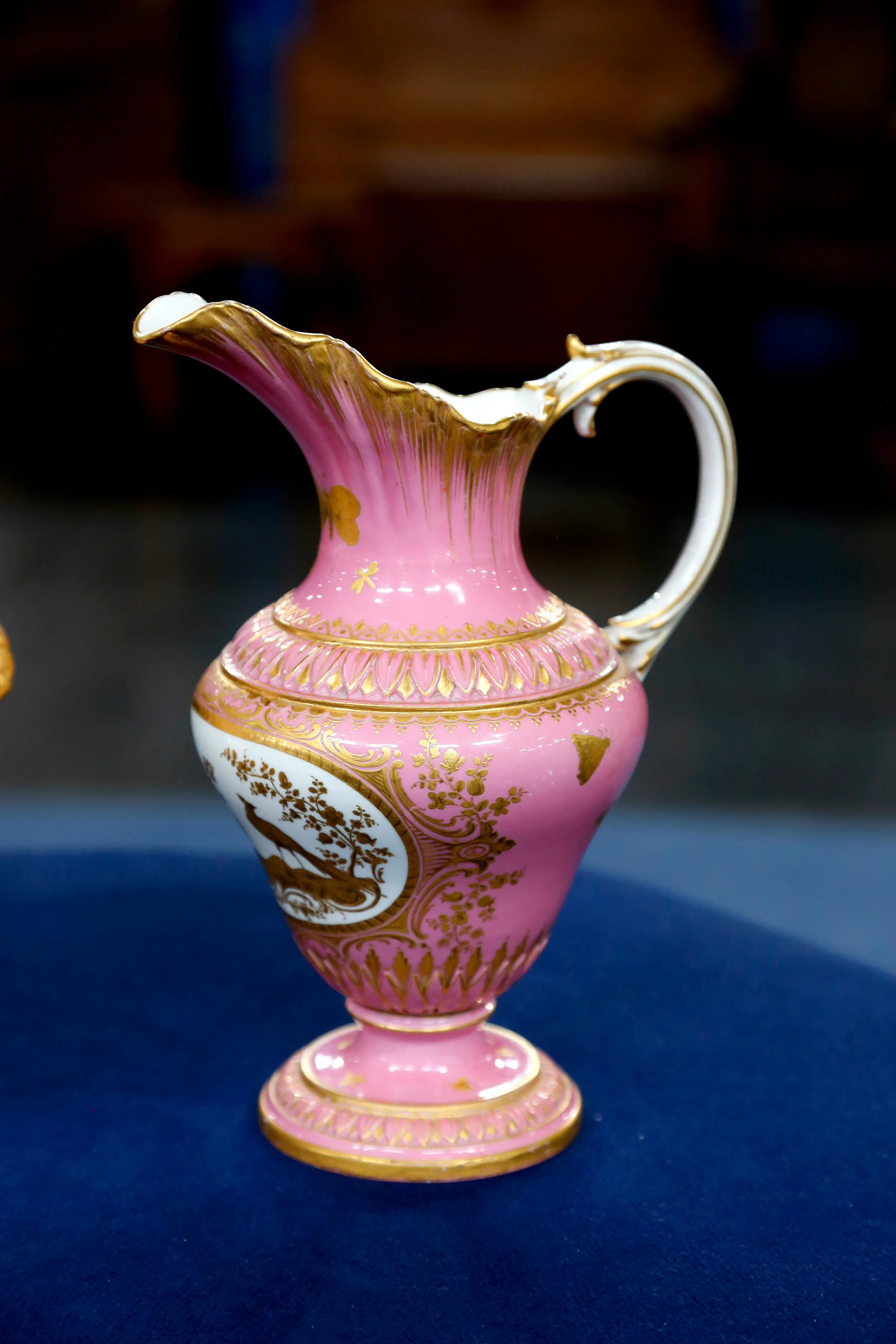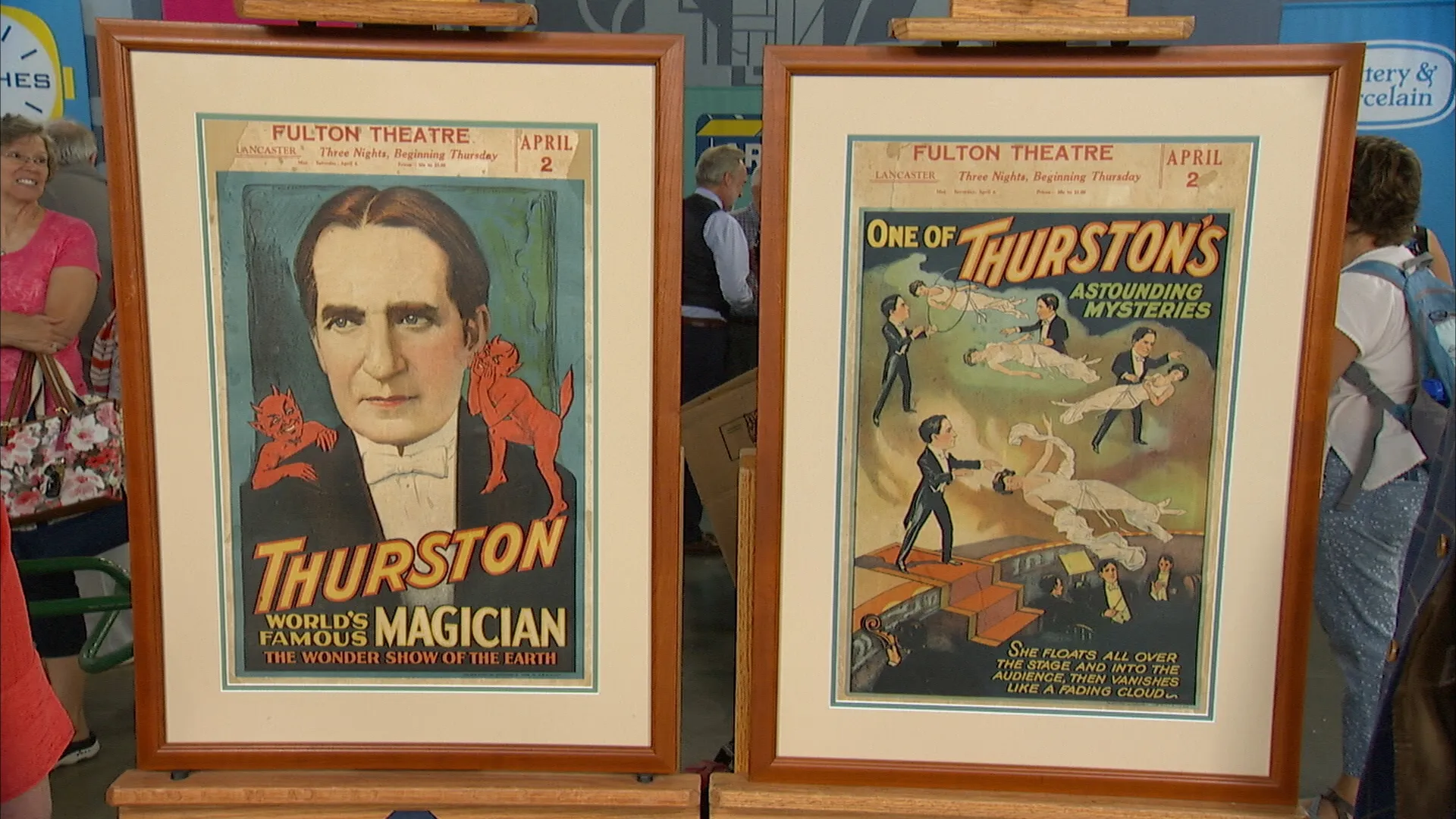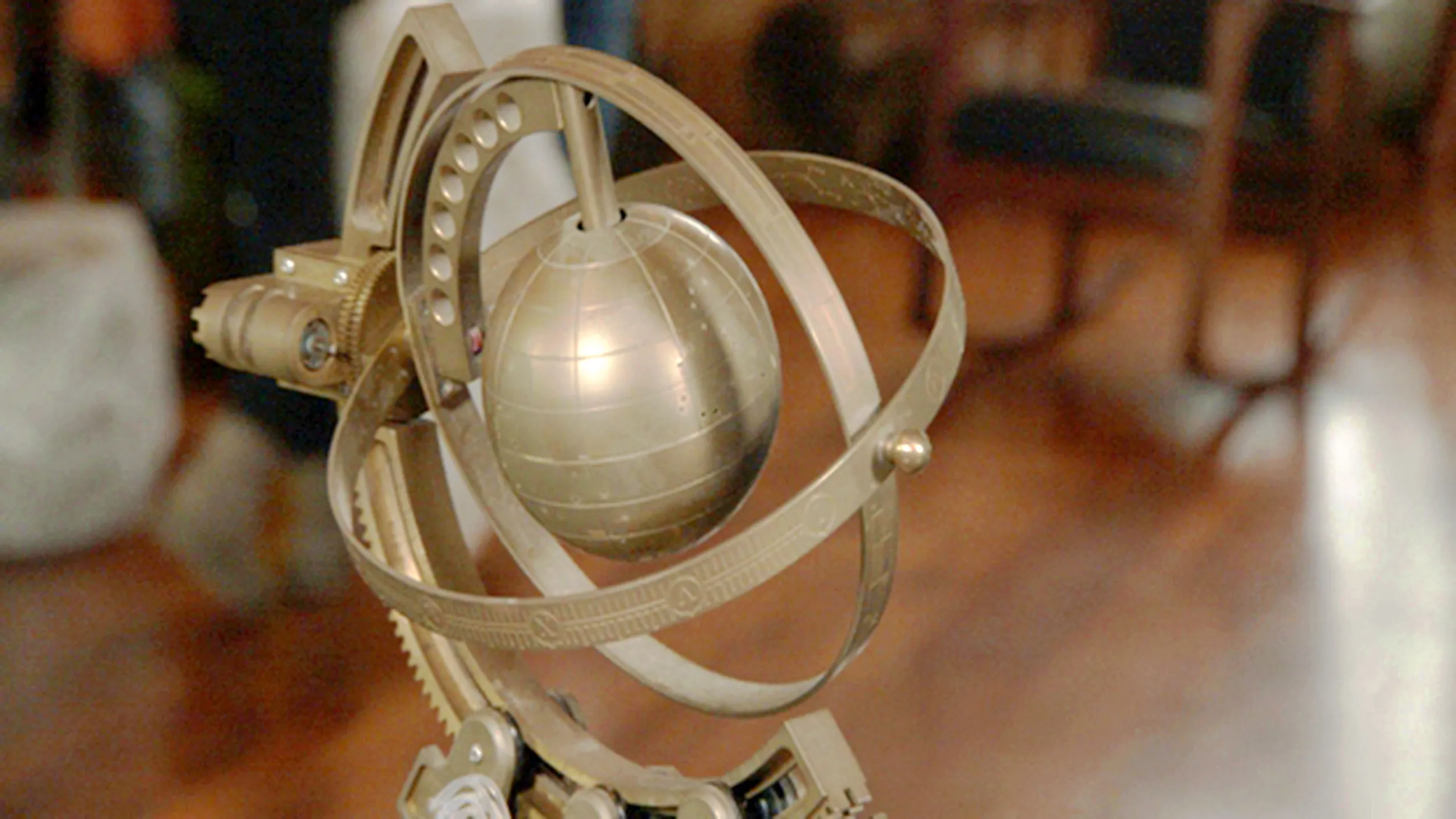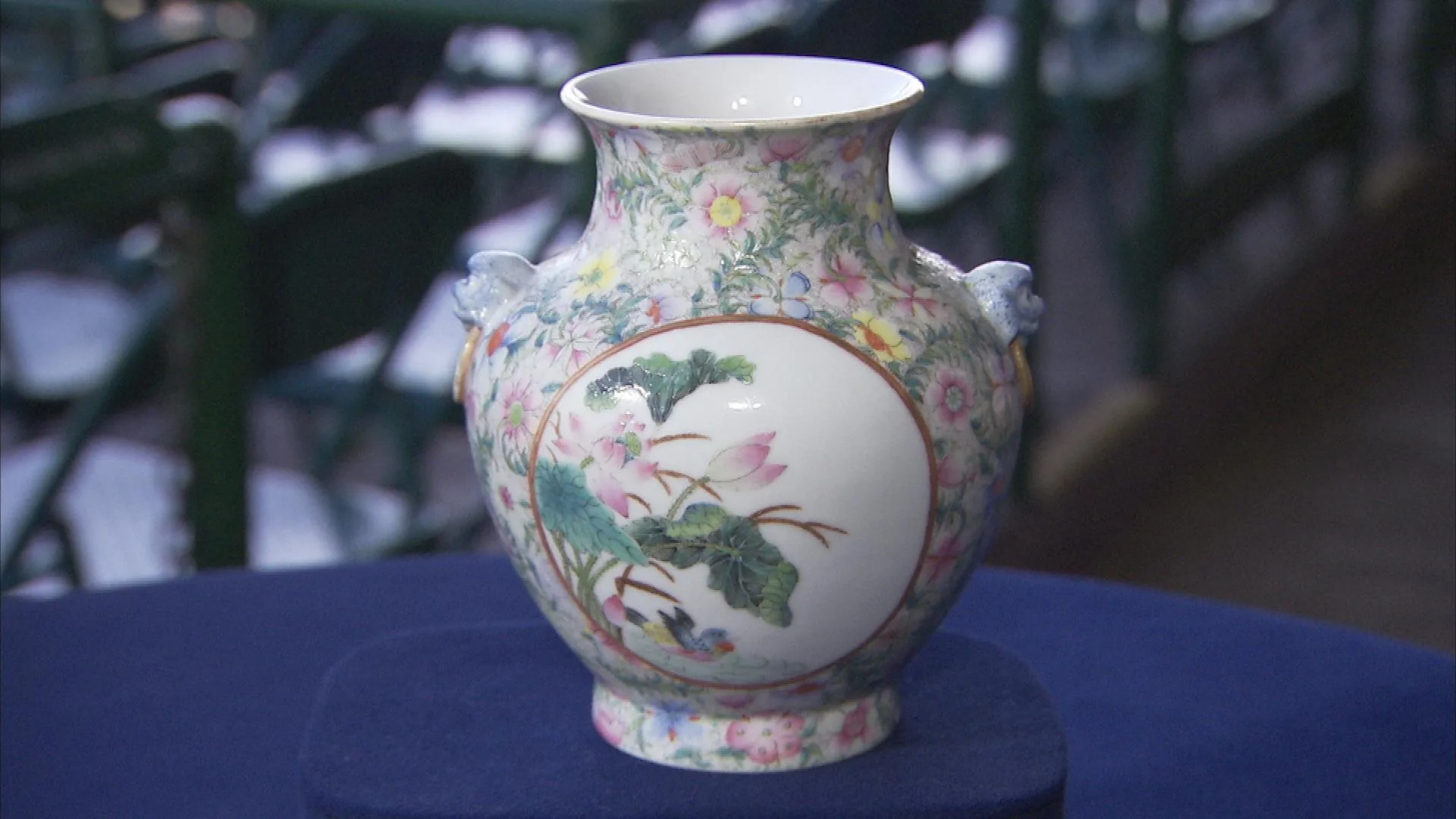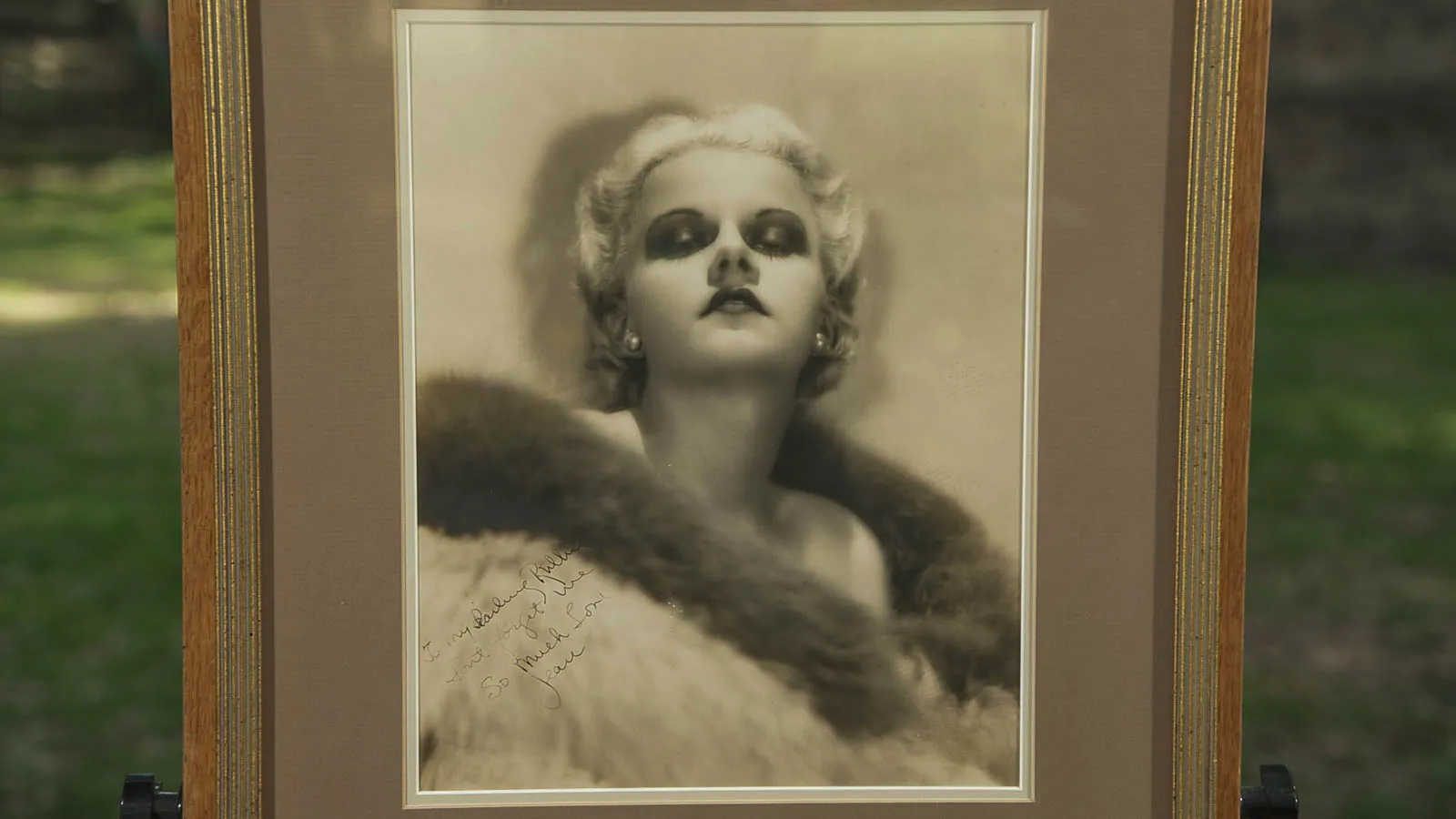GUEST: I don't know a lot about it. It was in my family growing up for as long as I can remember. My parents would always be yelling, "Don't run in the house, you'll break the pink bowl." "Don't throw the ball, you'll break the pink bowl." So it was my parents' most treasured possession. But I don't know a lot of the history of it.
APPRAISER: First of all, let's just look at the piece in general. Now, you have a long, oval bowl here, and a pitcher. Now, what do you think they're for?
GUEST: I would think mostly, like, a washbasin type of thing.
APPRAISER: You're right. It's a ewer and basin. It's decorated with this beautiful, luscious, rich pink color, which is just marvelous. But the best thing about it is this terrific, very thick gilding. Both pieces have these white reserves with birds in branches, and with some rococo decoration at the bottom. And then all the sides, the rim of the bowl and the back of the bowl are decorated with these marvelous insects. We've got butterflies and moths and crickets and beetles. They're just terrific. I really love that. Now, this gilding is very high quality, unusually high quality. And that's something that we really paid a lot of attention to. There is a mark, and it's a very large gold anchor mark. Now, a lot of different factories around Europe have used similar marks, one of those being Chelsea in England. Now, we are certain that these pieces were not made in England and that this is not a Chelsea mark. We believe that that's most likely the mark of the person who would have done all the gilding on the piece. Another thing that we looked at is at the color and texture of the porcelain itself. By looking at the front of the bowl, we see that there are a lot of tiny little bubbles and pits in the porcelain, and that would be an indication of age. In the 18th century, in the early 19th century, even the best porcelain would frequently have little flaws like that. But by the mid to late 19th century, and into the 20th century, that was pretty much eliminated. Now, the porcelain itself, we're certain that it's not English. We're fairly certain that it's not German, but we feel very strongly that it's French.
GUEST: French.
APPRAISER: Now, our best guess is that it's actually Sèvres porcelain, but it was not decorated at the factory. Now, during the French Revolution, the Sèvres factory and lots of other French factories ceased production. There were thousands and thousands of pieces of plain white undecorated porcelain left in warehouses. And then after the revolution, much later, a lot of these pieces were sold to outside companies, who would buy them and decorate them. And the quality is really spectacular. The value is not on who did it, because we don't... we're not certain who that is. But the value is on the age, the immense appeal and the decorative quality. And our best guess is that this set would sell for at least between $4,000 and $6,000.
GUEST: Thank you so much.

